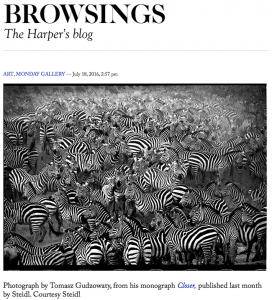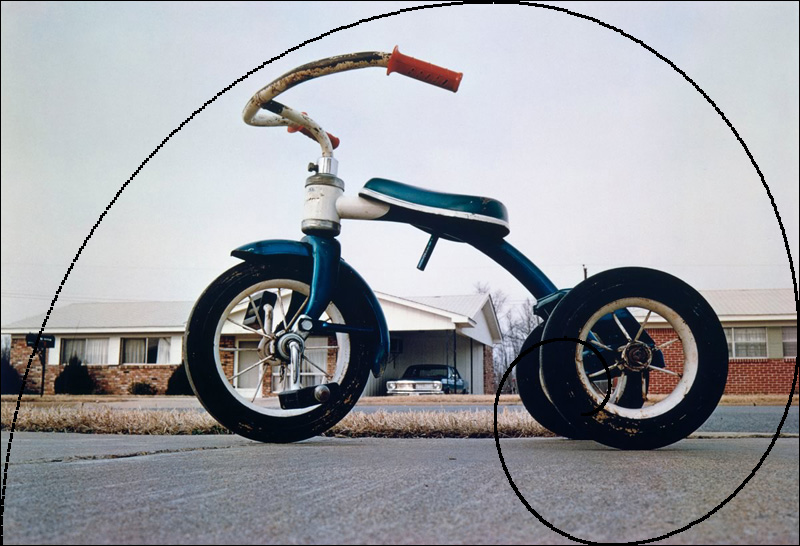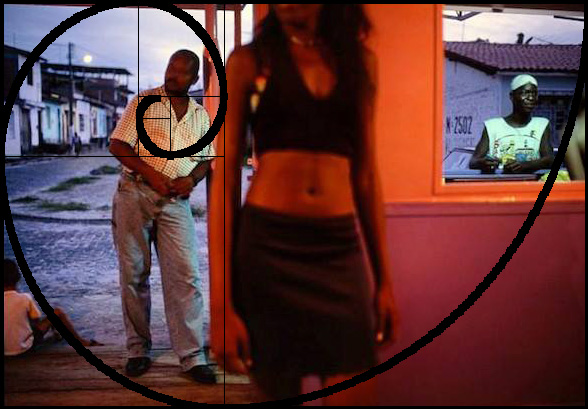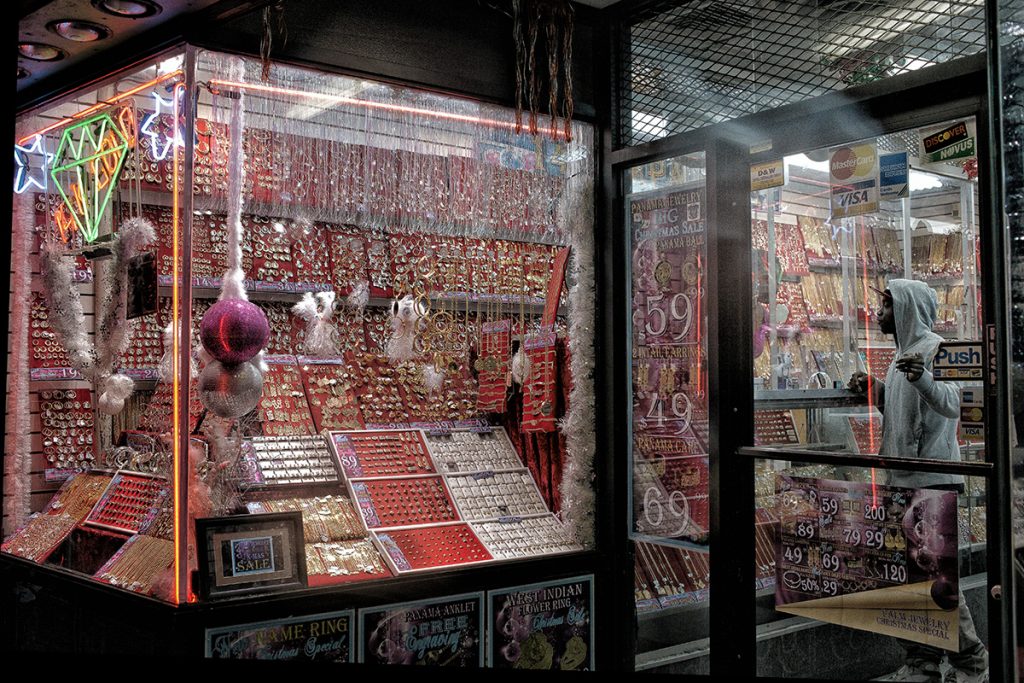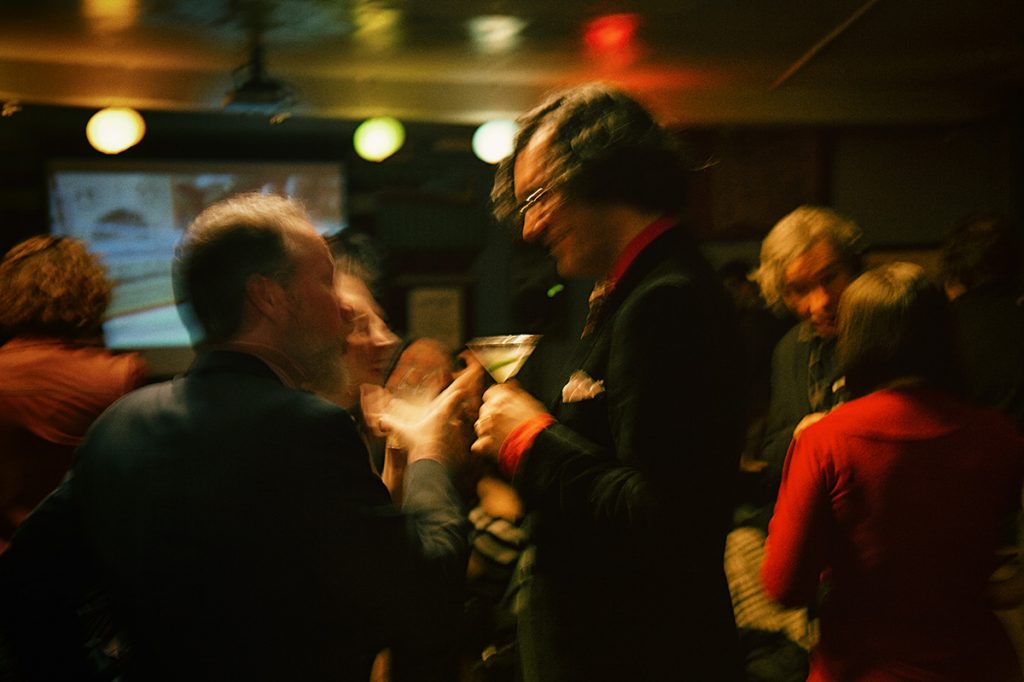My wife is really into what they call “police procedurals,” and the like. Things like NCIS, Bones, Castle, and who knows what else as there are so many and it is difficult to tell the difference between them. Last night it was “Wisdom of the Crowd.” Anyway, I can’ help to notice that they are all fast paced and centered on violence, most often – if not always – murder.
I noticed this, or noticed it yet again, because I’ve been watching two much slower moving shows that are centered more on regular people.
I really enjoyed “Patterson,” reviewed here by Glenn Kenny, which is definitely slow moving. It may even be a great movie. Time will tell, of course, but it is easily my favorite by Jim Jarmusch so far.
“The film feels like one in which nothing is happening, but it’s not happening beautifully…” writes Kenny.
Nice line, and I don’t mean to do Glenn any disservice, but a lot is happening, and it is happening beautifully.
Just one thing: Living out here in this bizarre 90+ percent white America, the film made me nostalgic for the real America found more often in the cities and surrounding metropolitan areas. The film in no way does anything to draw attention to it, but the entire plot takes place in a diverse culture, with different looking people from radically different backgrounds interacting in a friendly and polite manner – or you could say, just like real life. Only one scene is at all violent, but by any modern standard it is not very violent, and it succeeds in deepening our understanding of the character, or at least opening up a mystery. And there’s a lot more to the film than those elements. Kenny suggests that multiple viewings are rewarded with deeper understandings. I look forward to seeing it again.
On Netflix I’ve been watching Detectorists, which is a slow-moving British comedy about metal detector enthusiasts. What more needs to be said, really? A British comedy about metal detector enthusiasts. Dry humor? Pathos? You betcha. Violence and murder? Not so much.
